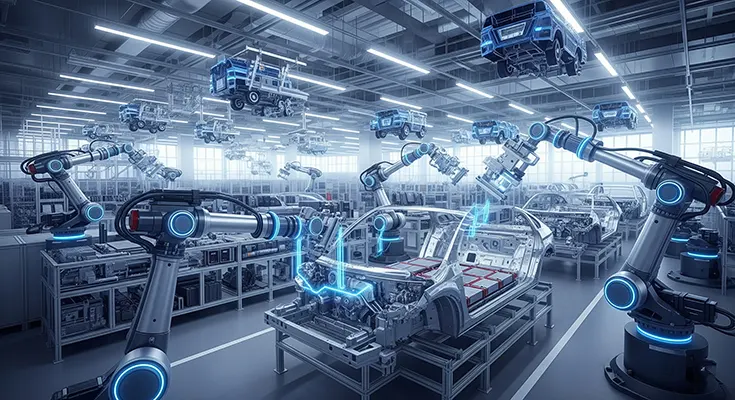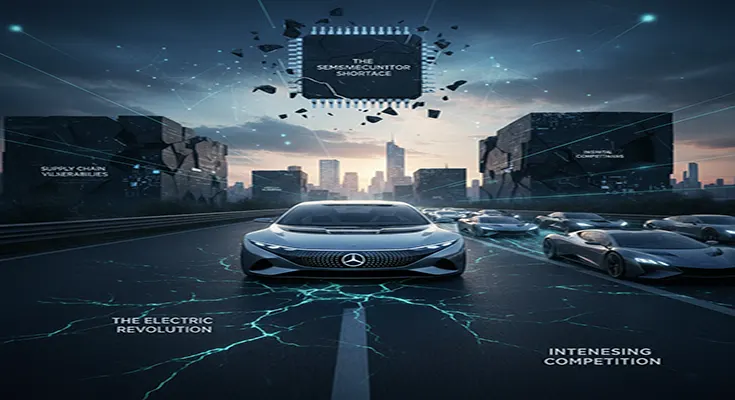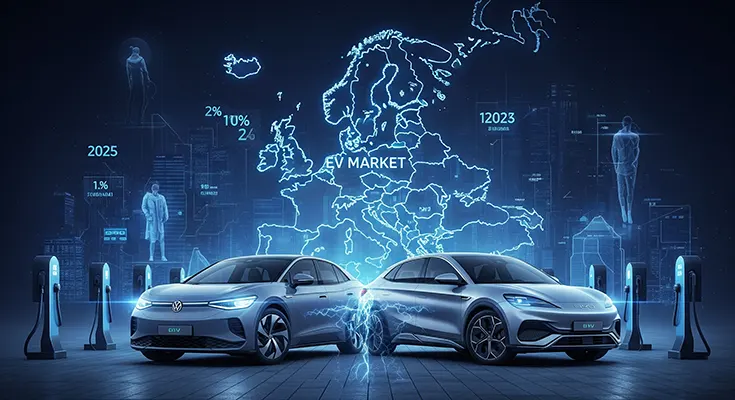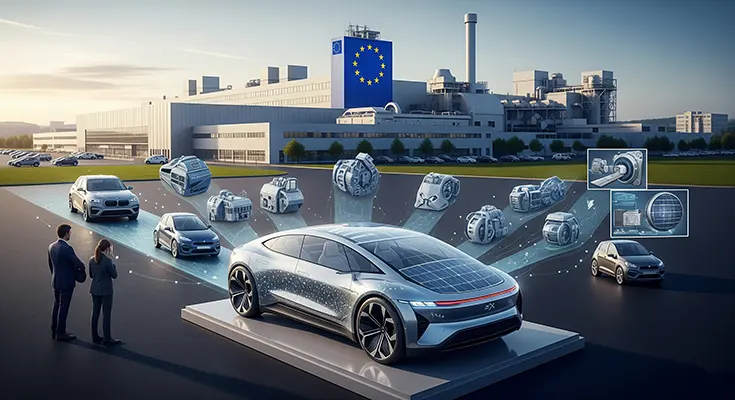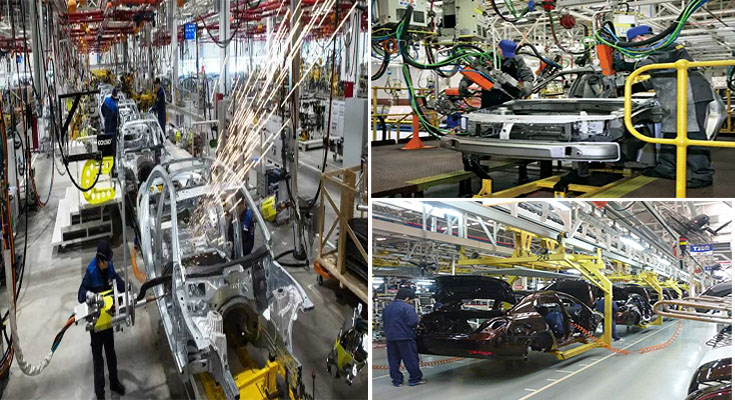The Great Re-tooling: The Future of Automotive Supply Chains in Central and Eastern Europe
Central and Eastern Europe (CEE) has long been the powerhouse of the European automotive industry, serving as the “integrated periphery” for major Western European car manufacturers. With a skilled workforce and a strategic location, countries like the Czech Republic, Slovakia, and Hungary have become crucial hubs for vehicle assembly and component production. However, as the industry undergoes its most profound transformation in a century, the future of these supply chains is far from certain. The shift to electric vehicles (EVs) and the increasing digitalization of cars are creating both immense challenges and new opportunities for the region.
The Challenge of the EV Transition: A Looming Disruption
The move away from internal combustion engines (ICE) to electric powertrains poses a fundamental threat to the existing CEE supply chain model.
- Fewer Moving Parts: An electric motor has significantly fewer moving parts than a traditional engine. This simple fact could render large parts

